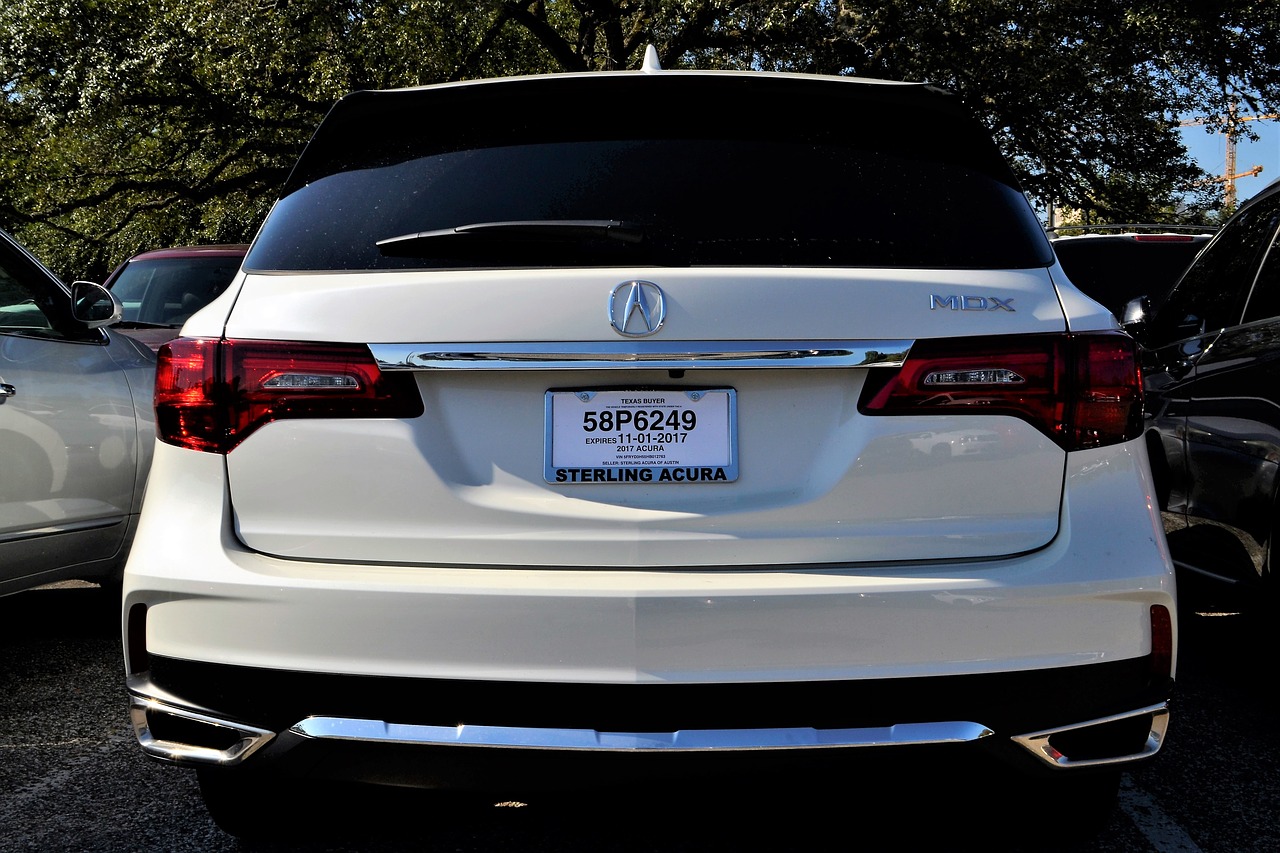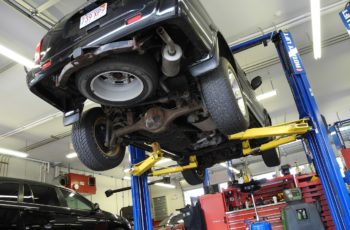Getting car insurance is not exactly the most exciting part of purchasing a car. In fact, the process can get a little complicated and stressful. But it does not have to be.
To turn the process into a smooth ride, you must know these:
1. What car insurance equates to
Insurance, in general, is a legally-bound reassurance from a financial company to support you money-wise in the event of incidents that cause you specific damages or loss. You pay your insurance provider (premium) for a specific policy, which details your coverage. Car insurance policies differ from each other depending on their associated costs.
2. What are the different kinds of car insurance coverage
There are three main categories when it comes to car insurance coverage. These include liability coverage, collision coverage, and comprehensive coverage.
Almost all of the US states require car owners to have liability coverage. This coverage allows payment to the other driver should you be the culprit of a car crash. Property and injury damage are both covered by this policy. Meanwhile, collision coverage covers crash-related damage.
Comprehensive coverage is a policy that extends insurance liability to incidents outside car crashes. These include flooding, fire, and theft, among other possibilities.

3. How to apply for a car insurance policy
There are many ways to go about this process. Perhaps the simplest is getting a car insurance policy online. But if you want to do it the traditional way, you can give an insurance company a call, or walk into the office of a nearby car insurance provider.
It’s a pretty straightforward process. The more complex concern is which company to choose. Here the key is to research as many policies and coverage from as many providers as possible.
4. How to become a low-risk car owner
There are low-risk car owners who enjoy the privilege of lower car insurance rates. These include elderly individuals and drivers who went to driving schools, to name a few. There are also other ways outside of these factors mentioned above that can turn you into a low-risk car owner.
First and foremost, you must maintain a driving record that’s close to if not completely flawless. This is the surest way for insurance companies to gamble with you more generously.
5. When is the best time to purchase a car insurance
The most obvious answer is the same time you are purchasing a new car. One thing you must remember is that coverage lapse will affect how insurance providers rate your risk as a car owner and driver. So the smartest way is to start shopping for policy even before you purchase a car.
Early policy shopping will also help you to take into account insurance price on top of your budget for your new car.


